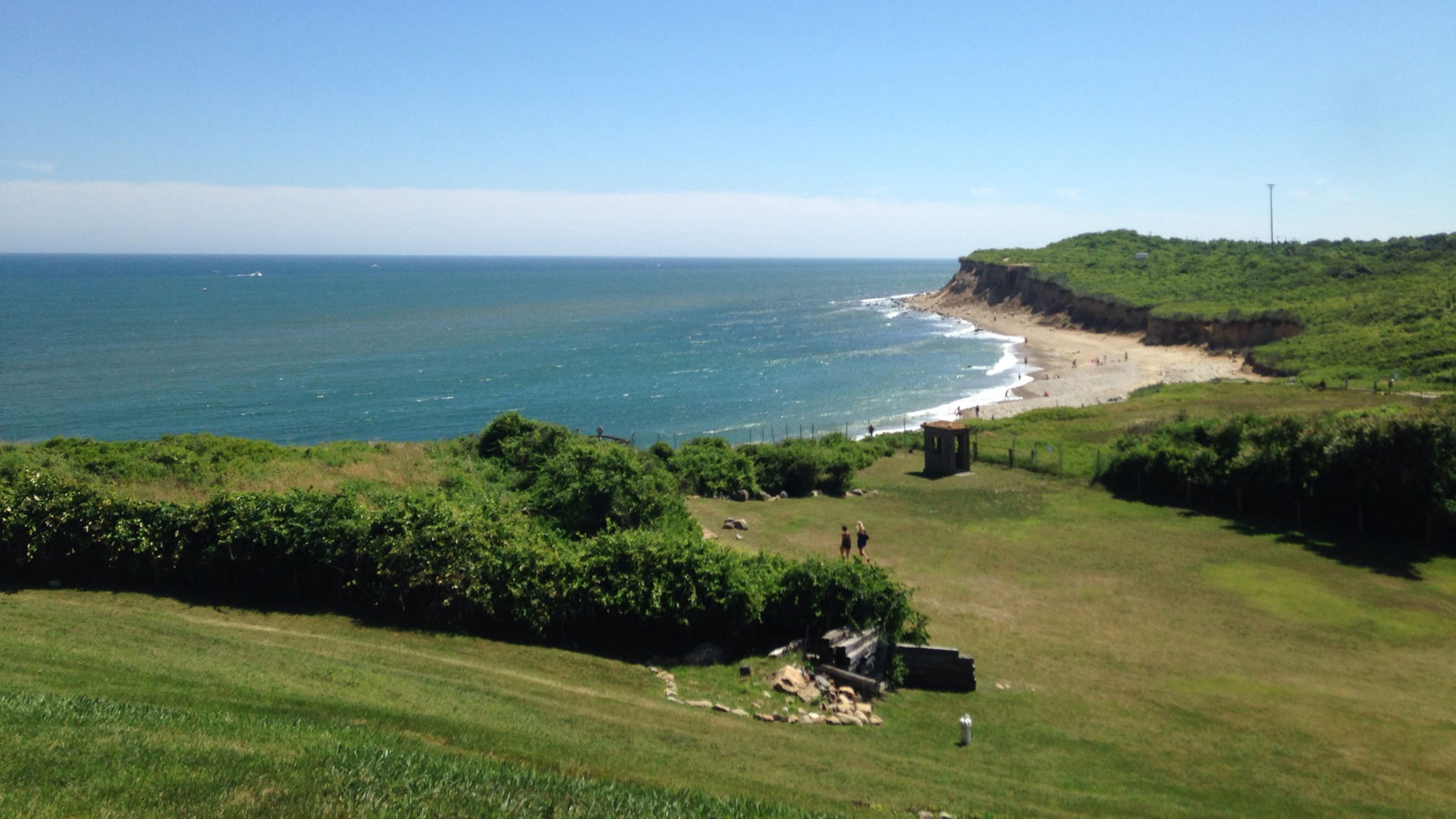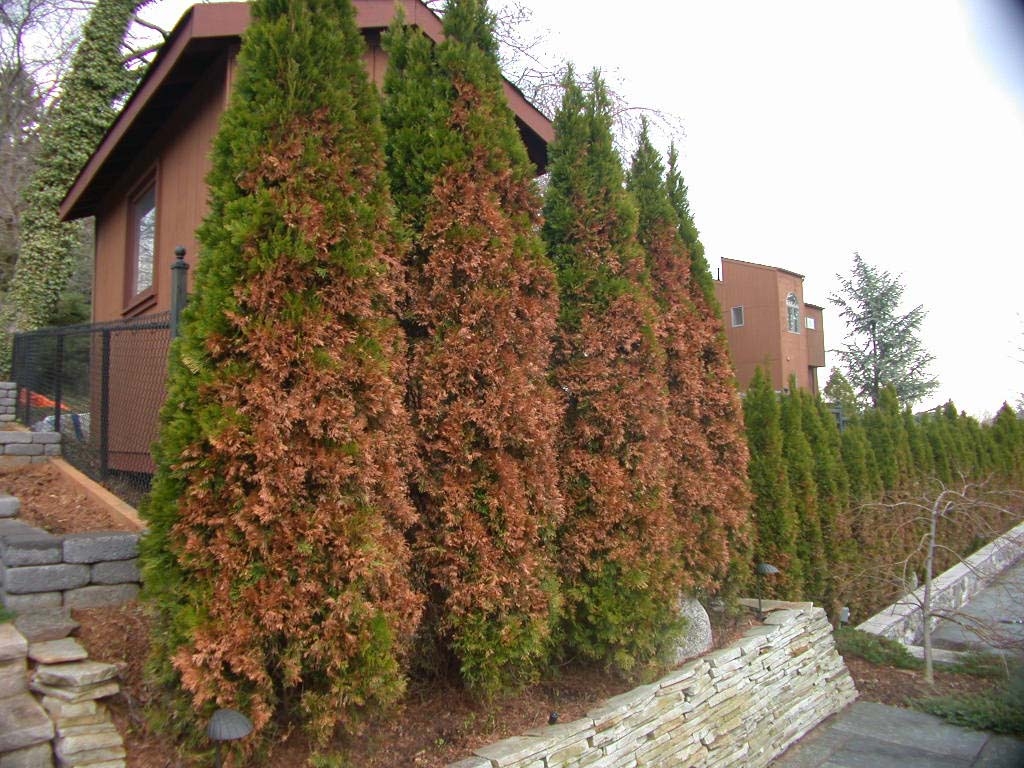
How Salt Air From the Atlantic and Long Island Sound Affects Your Trees
How Salt Air From the Atlantic and Long Island Sound Affects Your Trees
Living on Long Island brings the beauty of coastal living, but our location between the Atlantic Ocean and Long Island Sound creates unique challenges for our trees. Salt air, while giving our region its distinctive maritime character, can significantly impact tree health. Understanding these effects helps property owners maintain healthy, resilient trees.
How Salt Air Damages Trees
When ocean breezes carry salt spray inland, it settles on tree leaves, branches, and buds. This salt accumulation can harm trees in several ways:
Salt deposits on leaves can block sunlight and reduce photosynthesis, weakening the tree over time. The salt draws moisture from plant tissues, causing dehydration even when soil moisture is adequate. During winter, salt-laden air can damage dormant buds, affecting spring growth.
Signs of Salt Damage
Trees suffering from salt exposure often show distinctive symptoms. Leaves may brown from the tips inward, especially on the ocean-facing side. Growth becomes stunted or asymmetrical, with more foliage on the protected side. Branches might die back, starting from the tips. These symptoms typically appear more severe after storms or periods of strong coastal winds.

Salt-Sensitive vs. Salt-Tolerant Species
Some tree species handle salt exposure better than others. Japanese Black Pines, naturally adapted to coastal conditions, show excellent salt tolerance. Other salt-tolerant options include Eastern Red Cedar and American Holly, which have developed natural defenses against salt spray.
However, species like Red Maple, Flowering Dogwood, and White Pine often struggle in salt-heavy environments. These trees need extra protection or might be better suited to inland areas of your property.
Protecting Your Trees
Several strategies can help minimize salt damage to your trees:
Physical barriers like burlap screens can shield vulnerable trees during winter when salt spray travels furthest inland. Regular irrigation helps wash accumulated salt from leaves and soil, preventing buildup. Adding organic mulch helps retain soil moisture and reduces salt concentration in the root zone.
Proper fertilization strengthens trees against salt stress, but timing matters. Apply fertilizer in early spring or fall when trees can best use the nutrients. Avoid fertilizing during summer drought periods when salt stress is often highest.
Location-Specific Considerations
Your property’s location on Long Island influences salt exposure levels. South Shore properties face stronger salt effects from Atlantic storms, while North Shore locations experience moderate but consistent exposure from Long Island Sound. Western areas near Queens see less direct salt spray but still need monitoring.
Trees in valleys or behind structures fare better than those on exposed hilltops. When planning new plantings, consider these natural wind patterns and protection opportunities.
Professional Care Makes a Difference
Regular assessment by certified arborists helps catch salt-related issues early. They can evaluate soil conditions, recommend appropriate treatments, and adjust care plans based on changing environmental conditions. Professional pruning removes damaged branches and improves air circulation, reducing salt accumulation on foliage.
Seasonal Care Tips
Each season brings different salt-related challenges:
- Spring requires careful inspection for winter damage and appropriate pruning
- Summer demands regular watering to prevent salt concentration in soil
- Fall is ideal for soil testing and amendments
- Winter needs monitoring of salt accumulation and possibly installing temporary barriers
By understanding how salt air affects our trees and taking appropriate action, Long Island property owners can maintain healthy trees that withstand coastal conditions. Regular monitoring, proper species selection, and timely intervention make the difference between struggling trees and a thriving landscape.